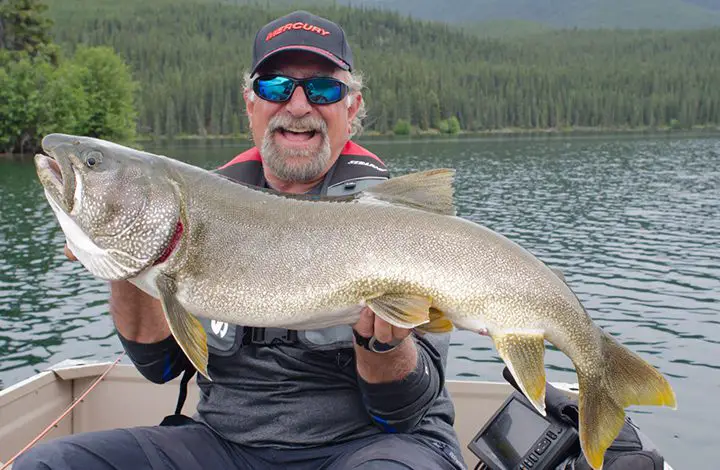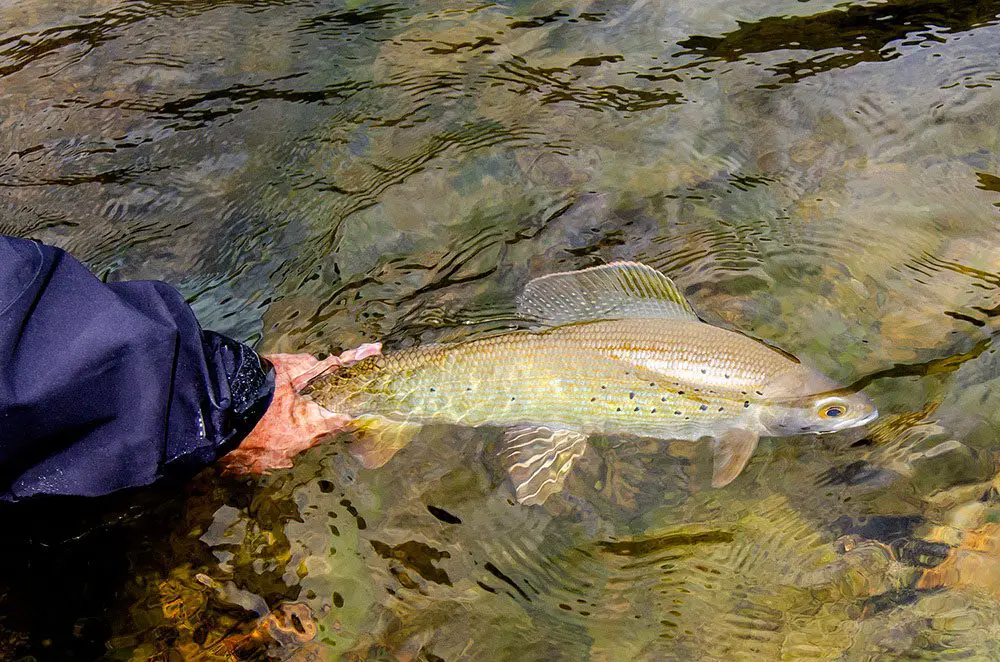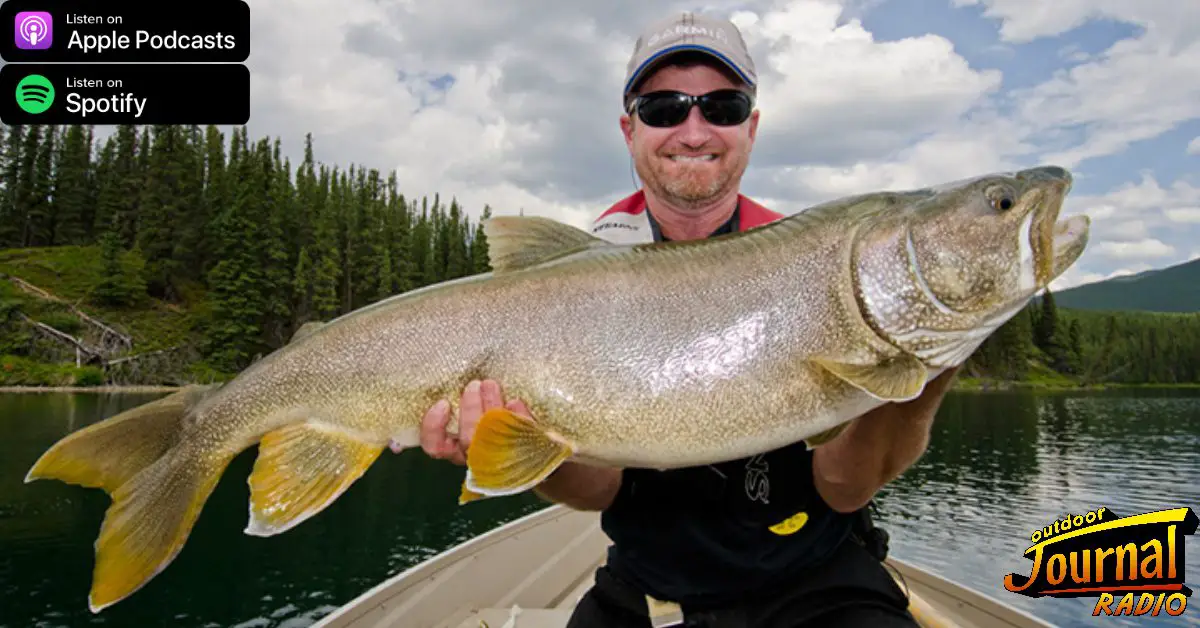Last episode of the Outdoor Journal Radio podcast kicked off with two fascinating news stories, one of which looked at a recent study that shows that Lake Trout might not be aging – or even, aging in reverse.
The Findings
In the Experimental Lakes Area near Kenora, Ontario, researchers have spent the last 50 years studying a wide variety of species in these rare, isolated lakes – one of which being Lake Trout.
Most recently, researchers working in this area, led by Craig Purchase, sought to prove the theory that Lake Trout in the stress and predator-free environment of the Experimental Lakes should experience very little aging.
And that’s exactly what they found.
The researchers achieved this by catching previously tagged and measured fish and measuring the sperm quality of the male fish. Next, the team took blood samples from the fish and measured their telomeres, the caps on DNA strands that are generally longer in younger fish.
When combining both of these studies and comparing old and young fish, “the old fish did great” said Craig Purchase in an interview with the Toronto Star.
“As they age across decades,” he continues, “there is a minor increase in mortality but they maintain their reproductive performance perfectly. An old adult male is just as capable as a young one.”
Why Lake Trout Aren’t Aging

The theory behind why these Lake Trout experienced very little aging is that they have virtually no predators. This lack of predation has allowed them to evolve to grow throughout the entirety of their life – resulting in even less stress and even more opportunities to reproduce. Or, as Purchase puts it:
“Theory predicts aging should be minimal in species where they increase their reproductive potential as they get older because they get bigger and they decrease their likelihood of predation as they get older, because they get bigger.”
What the Study Means
The findings of this study are interesting in and of themselves, but they also do a great job of highlighting something we here at Fish’n Canada talk about a lot – releasing big fish.
As we dove into in-depth in a previous article, and in Episode 2 of Outdoor Journal Radio, fish (unlike mammals) do not age out of spawning and oftentimes only become more successful as they age and grow.
In walleye, for example, large females can often lay up to 500,000 eggs, while younger females often lay less than 10,000. This is why we always advocate for keeping smaller fish for your shore lunch and letting those big, mature fish return to the water to spawn another day.
All the more reason to live by our saying, “Catch Your Limit, But Limit Your Catch”!

For more stories like this, subscribe to Outdoor Journal Radio: The Podcast using your favourite podcast app and, if you like what you hear, give us a 5-star review!






